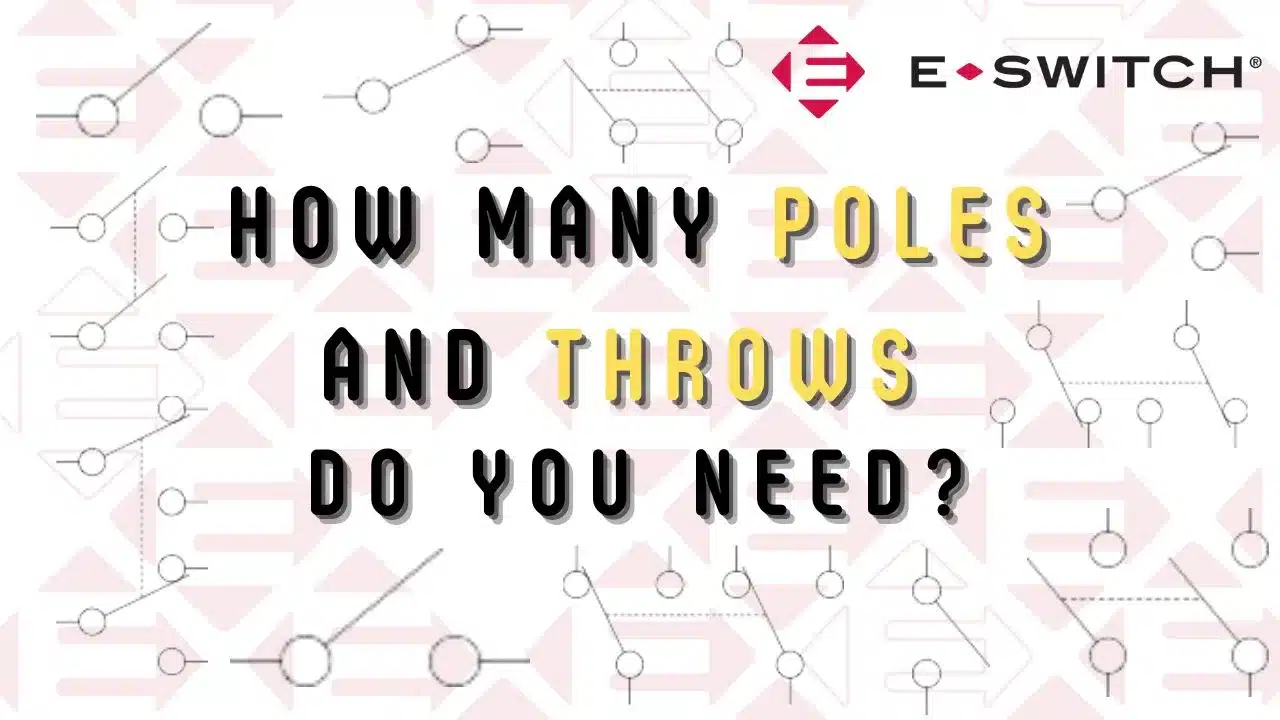When getting started with switches and attempting to better understand circuit-related applications, the most basic question is probably “How many poles and throws do you need?”
The number of poles and throws required for a switch or relay depends on the specific application and the desired functionality. In electrical and electronic circuits, “poles” and “throws” refer to the number of separate circuits or connections a switch or relay can control.
Poles (P) are the number of closed independent circuits. A pole is a common terminal that connects to one or more other terminals. It’s the part of the switch or relay that moves to make or break an electrical connection.
Throws (T) are the number of different positions in which a given pole can be switched to and closed. A single-throw (ST) switch has one position (on or off), a double-throw (DT) switch has two positions, and so on.
Common pole/throw configurations are:
Single Pole, Single Throw (SPST)

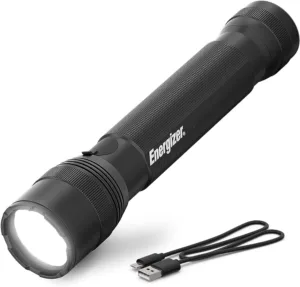
Flashlight — one pole for turning the light on or off. It’s a basic on/off functioning switch.
Single Pole, Double Throw (SPDT)

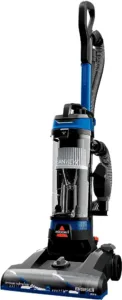
Vacuum cleaner — one pole for power; one throw for low speed, one throw for high speed. It’s a switch with two positions that can connect the common terminal to one of two other terminals.
Double Pole, Single Throw (DPST)

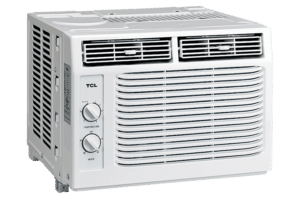
Air conditioner — one pole controls the chiller, one pole controls the fan.
Double Pole, Double Throw (DPDT)

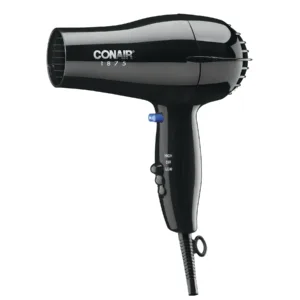
Hair dryer — one pole controls the heater, one pole controls the fan; one throw is for low speed, one throw is for high speed. It’s a switch with two poles and each pole has two positions, so it’s used for more complex switching configurations.
The specific number of poles and throws you need depends on the circuit’s requirements and can vary widely. You choose the appropriate switch or relay based on your application’s needs.
At E-Switch, you can use our product search to select the specific kind of circuit you’re looking for.
